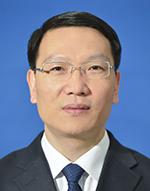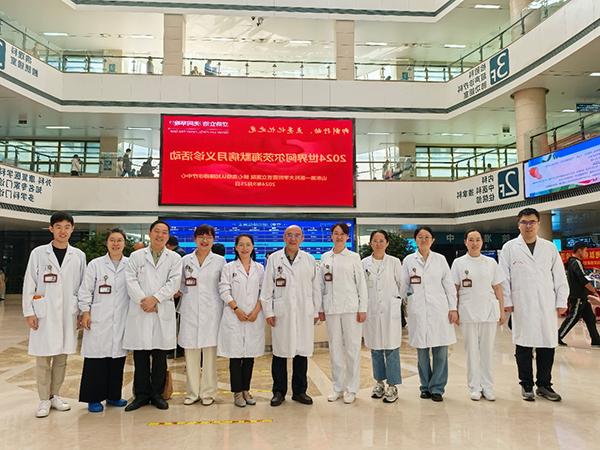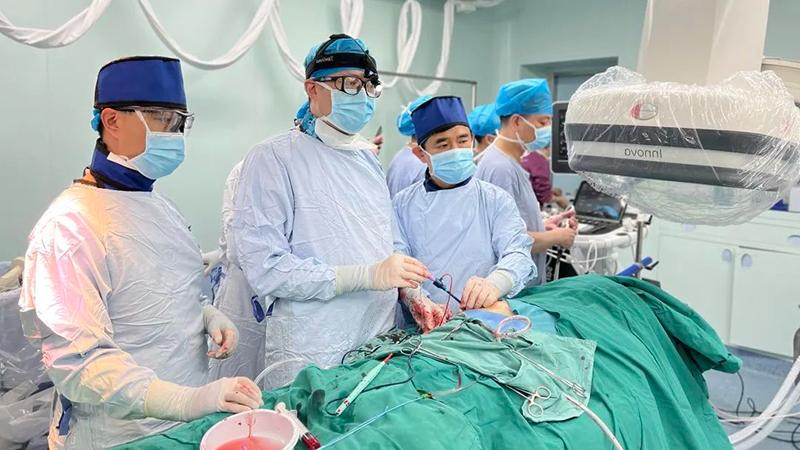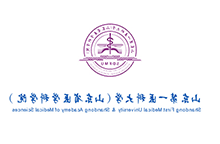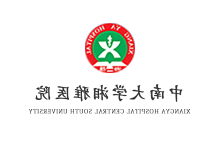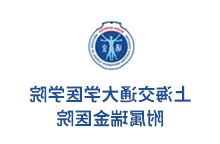Hospital dynamics
The Provincial Hospital affiliated to Shandong First Medical University successfully treated a rare patient without paraplegia with complete cervical dislocation
Recently, the trauma center of the Provincial Hospital Affiliated to Shandong First Medical University (Shandong Provincial Hospital) successfully treated a patient with severe cervical dislocation。
Mr. Yan (a pseudonym), 45 years old, was accidentally hurt by heavy objects at work, resulting in severe neck pain, inactivity, numbness in both upper limbs。He was treated in a local hospital, and imaging examination showed complete dislocation of the cervical spine, suggesting referral to a superior hospital for treatment。The patient was transferred to our hospital in emergency and given neck support. CT and MR Showed that the cervical vertebra was completely dislocated, and the C6 vertebra was obviously displaced forward and separated from the C7 vertebra.MRI findings of C7 vertebral compression fracture with spinal canal deformation and cervical spinal cord injury。
Mr. Yan is very lucky, cervical vertebra complete dislocation did not appear paralysis, it is very rare。But this is a huge challenge for health care workers。Because the cervical spine sequence is completely destroyed and extremely unstable, any slight external force or stimulation may cause "secondary damage" during transport or surgery, resulting in aggravated cervical cord injury, paralysis or even death。In order to treat the patient as soon as possible, the expert team of the trauma center immediately opened a green channel for the patient, coordinated the imaging department, B-ultrasound room and other departments, improved relevant examinations, reduced the number of patients moving, and avoid aggravating injuries。

Li Lianxin, director of the trauma center, presided over the case discussion. The expert team believed that the treatment of the patient was extremely difficult and the complications were extremely high, and the treatment needed to be carried out in stages. While striving to achieve the reduction and fixation of the cervical vertebra, adequate cervical vertebra motion should be retained to allow the patient to have a better quality of life。Based on the discussion plan, the team decided to use cranial traction early to try to restore the normal sequence of cervical vertebrae through traction, and also create conditions for further surgery。However, after 2 weeks of continuous traction of the skull, the patient's cervical spine CT review showed no significant improvement in cervical dislocation, considering the bilateral cervical articular process noose, the possibility of continuing traction to achieve reduction was small。After the general discussion, it was agreed that the posterior approach was used in the first stage of surgery to remove the noose of the articular process, restore the normal sequence of the cervical spine, and completely decompress the spinal canal.In the second stage, the anterior approach was used to remove the C6/C7 interbody fusion to enhance cervical stability。
On August 29, a team of trauma center specialists performed the first stage of surgery on the patient。Chief physician Zhang Peng and Deputy chief physician Tao Fulin worked together with all the medical staff to carefully move the patient and help him turn over。The operation was performed in the prone position, and the C6/C7 articular process noose was removed through the posterior cervical approach to restore the normal cervical spine sequence。At the same time, neuroelectrophysiological monitoring was carried out throughout the operation to ensure that the operation would not cause cervical spinal cord injury。The C5-T1 spinal segment was fixed intraoperatively, the C5-C7 lamina was bitten, and the cervical spinal cord compression was relieved by thorough decompression。The operation lasted for 3 hours and was successfully completed under electrophysiological monitoring. There was no secondary injury to the cervical pulp of the patient, and the limb movement after recovery was the same as before surgery。


On September 11, a team of trauma center specialists performed the second surgery on the patient。Chief physicians Zhou Dongsheng and Zhang Peng led the expert team to perform anterior cervical discectomy decompression and fusion surgery for the patient。The anterior right transverse incision of the neck was used to expose and locate C6/C7, remove the damaged intervertebral disc and C7 free bone mass, and complete spinal canal decompression was performed。The interbody fusion apparatus (Cage) was then implanted and the anterior titanium plate was installed for interbody fusion fixation。The second surgery lasted 1.At 5 hours, the patient's limb movement after recovery was the same as before surgery。Postoperative CT+ 3D reconstruction of the cervical spine showed that the dislocated vertebra had been completely reduced, the cervical spine sequence was good, and the spinal cord nerve function was completely preserved。
At present, the patient has been able to walk and will be discharged from hospital in the near future。



With the increasing of high-energy injury in modern society, the patients with cervical fracture and dislocation are increasing day by day, the consequences are very serious and the disability rate is very high。The pith of the neck is a very fragile tissue, like "water tofu".。This severe cervical dislocation often occurs under high energy violence, and the cervical pulp tissue is immediately damaged at the moment of dislocation, leading to high paraplegia and even death。And Mr. Yan in the case of complete dislocation but no cervical spinal cord damage, no paralysis after trauma, it is "lucky", clinical is also very rare。Chief physician Zhang Peng introduced that such lucky cervical dislocation (complete dislocation) and successful treatment, literature reports are few, the only feasible treatment plan is surgery。Since the patient is not paralyzed before surgery, we need to complete the operation under the premise of thorough protection of the cervical spinal cord to avoid secondary cervical spinal cord injury. There are huge risks and challenges in the operation, and the slightest mistake will lead to catastrophic consequences - total paralysis or even death。In the face of huge risks and challenges, the expert team of the trauma center of the provincial hospital successfully implemented the operation for the patient with rich treatment experience, demonstrating the superb level of medical technology。
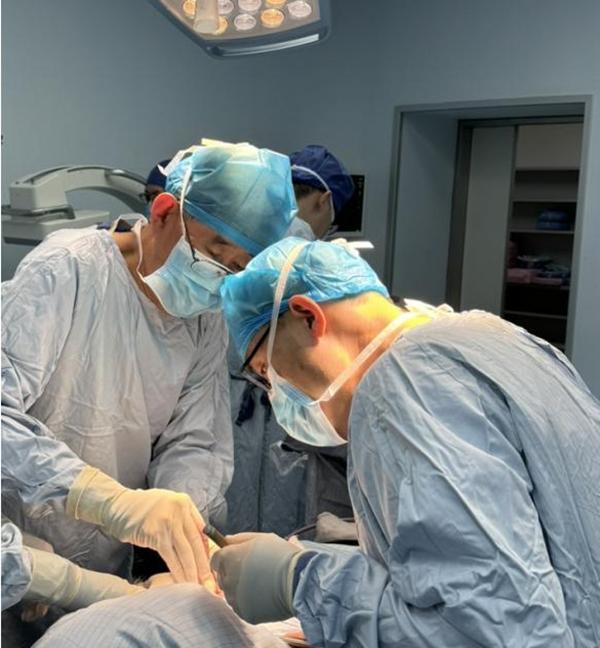
As the affiliated unit of Shandong Trauma Center, Provincial Hospital undertakes the task of treating severe multiple trauma in the province and treats a large number of spinal injury patients all year round。The success of this highly difficult and high-risk operation indicates that the trauma center of the hospital is in the forefront of the treatment of spinal cord injury in China。






